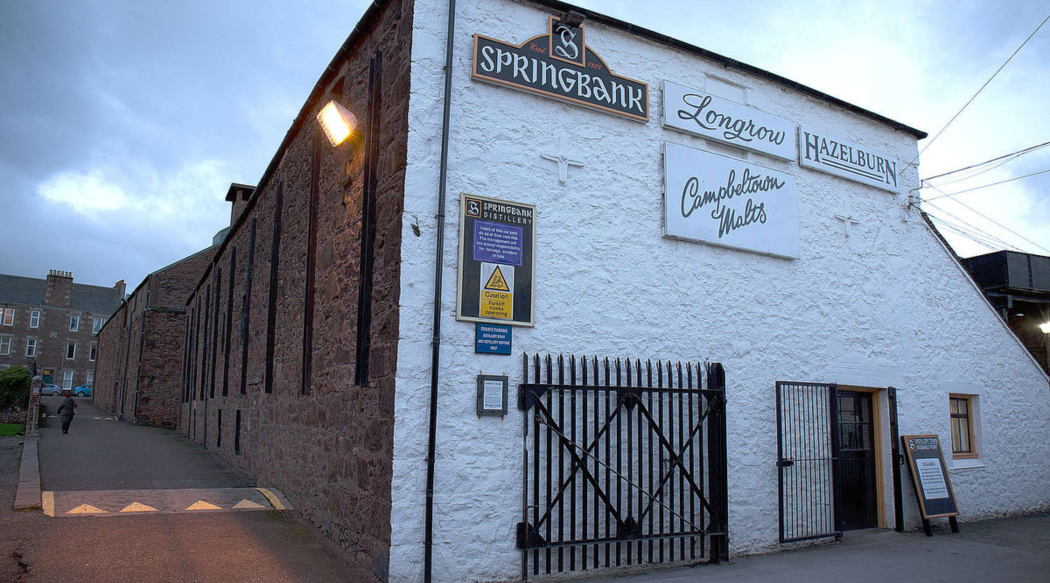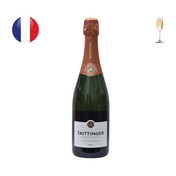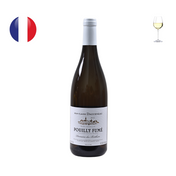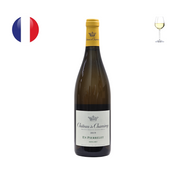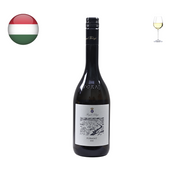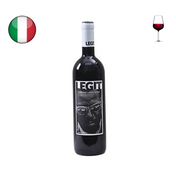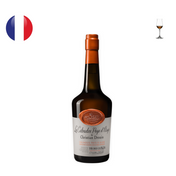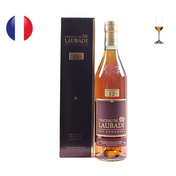Springbank Distillery, founded in 1828, is a key part of Campbeltown, Scotland's whisky history. Archibald Mitchell started the distillery on the site of his old illegal still. The Mitchell family, who settled in Campbeltown in the 1660s, brought their malting skills with them. In 2023, long-time Chairman Mr. HG Wright, Archibald’s great-great-grandson, passed away. The distillery is now owned by three trust funds, with a family member on the board to keep the family connection strong.
Traditional Craftsmanship
Springbank uses old-fashioned methods to make whisky, with every step done on-site. This makes Springbank the most handmade whisky in Scotland. The distillery produces three types of single malts: Springbank, Hazelburn, and Longrow. Each whisky is made with great care and skill, giving them unique flavors.
The Process
Springbank is unique because it does everything on-site, from malting the barley to bottling the whisky.
Malting: The distillery malts its own barley using traditional floor malting. Barley is soaked in water for up to three days, then spread out on malting floors and turned regularly.
Kilning: The malt is dried in a kiln using peat fire, hot air, or both, depending on the whisky being made.
Milling: The dried malt is crushed into grist in an old mill.
Mashing: The grist is mixed with hot water in an old mash tun to extract sugars. This is done three times.
Fermentation: The liquid, called wort, is moved to wooden wash backs. Yeast is added, turning sugars into alcohol over up to 110 hours.
Distillation: The liquid is distilled in three copper stills. Springbank is distilled two-and-a-half times, Longrow twice, and Hazelburn three times.
Cask Filling: The spirit is put into carefully chosen casks. The casks and the unique climate give the whisky its special flavors.
Maturation: Casks are stored in a warehouse for at least three years. Some whiskies are aged much longer, like the 50-year-old bottling.
Bottling and Labelling: The whisky is not chill filtered or artificially colored, preserving its natural qualities. The team checks the whisky at several stages to ensure quality.
Campbeltown
Campbeltown, at the southern end of the Kintyre Peninsula, has a rich whisky history. Once home to over 30 distilleries, it was known as the "whisky capital of the world." Today, only three distilleries remain, with Springbank and Glengyle owned by J&A Mitchell and Co.
The hardships
The distilling industry faced a significant setback in the 1920s, which also had repercussions for Campbeltown as a whole. The enactment of Prohibition in the United States dealt a severe blow to the whisky trade, leading to a decline in demand and a subsequent downturn in the industry. Moreover, the demand for the traditional Campbeltown style of heavy and oily malts started to fall among blenders, who began to favor the lighter Speyside malts.
As a result, even Springbank shut down in 1926, only to reopen again in 1933. Nevertheless, due to financial challenges, Springbank Distillery faced closure once again in 1979, but it managed to reopen nearly a decade later. During the late 1990s, Springbank stood as the sole operating distillery on the peninsula, with the Campbeltown region, once a prominent whisky hub, nearly fading into obscurity.
Despite these challenges, Springbank has adapted to changing tastes and industry challenges. Despite downturns in the 1980s, it resumed regular production in 1989. The 1990s brought global recognition, and Hazelburn whisky was introduced in 1997. In 2000, Hedley G. Wright bought the Glengyle Distillery buildings, reviving it in 2004.
Present and Future
Today, Springbank is one of only three distilleries in Campbeltown, with plans to expand. The distillery's dedication to its craft and heritage means it will continue to produce world-class whisky for generations to come. The beautiful setting of Campbeltown, with its sea breezes and misty glow, provides the perfect backdrop for this enduring whisky legacy.
Springbank's story is one of passion, tradition, and resilience. From its humble beginnings on an illicit still to its status as a globally recognized whisky producer, Springbank remains a respected name in the world of whisky.
The Whiskies
Longrow: The production of this heavily peated malt started in 1973. Named after a closed distillery of Campbeltown, Longrow is known for its robust and smoky character. The malted barley is peated to a high level of 50-55 ppm. Longrow undergoes two distillations, with the second taking place in the spirit still using a worm tub. This method, along with direct-fired wash stills, adds depth and complexity to the whisky. Longrow Single Malt is celebrated for its bold peatiness and rich flavor profile, reminiscent of traditional Victorian-era Campbeltown whisky.
Hazelburn: Introduced in 2005, Hazelburn is an unpeated whisky named after a long-gone Campbeltown distillery. It follows a triple distillation process, resulting in a lighter and more delicate flavor profile. Hazelburn is available in 10 and 12-year-old releases, offering gentle, fruity notes with hints of orchard fruits and citrus zest. The absence of peat smoke allows these flavors to shine, making Hazelburn a unique and refined addition to Springbank's portfolio.
Springbank: Representing 80% of the distillery’s production, Springbank Single Malt is lightly peated (12-15 ppm) and undergoes partial triple distillation, often referred to as “2.5 times distillation.” The 10-year-old Springbank is the most popular, aged in sherry and bourbon casks, non-chill-filtered, and with no added color. There are also 12, 15, 18, and rare 21-year-old releases. Springbank has also gained attention through independent releases by Cadenhead’s, Signatory Vintage, Douglas Laing, and Murray McDavid, offering exclusive expressions to whisky enthusiasts.

